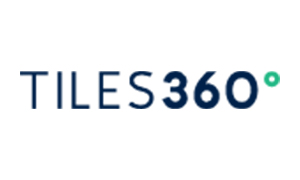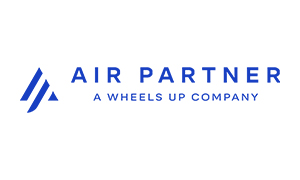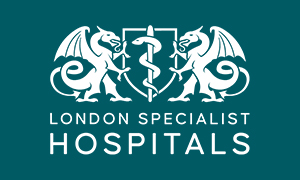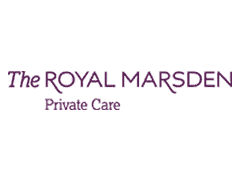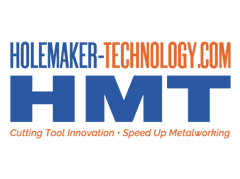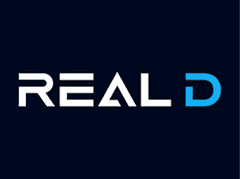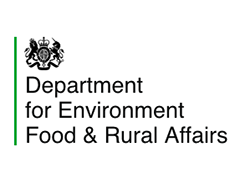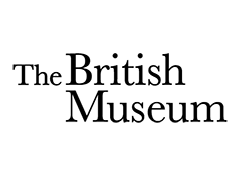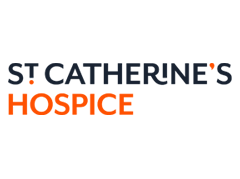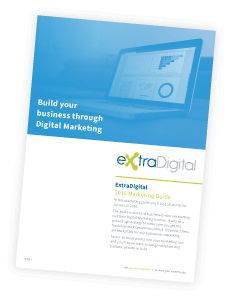So you are planning a digital project and you are looking for a company to manage this project. You want the end product to be perfect for your potential users and other stakeholders. Which project management methodology is best for your project needs?
This article assess some of the features of projects which can help you establish the best way to bring your product to market and analyse the benefits and drawbacks. We compare Agile (specifically scrum) with waterfall methodology and determine how best to handle your project.
What is Agile (Scrum)?
Agile project management focuses on continuous improvement, scope flexibility, team input, and delivering essential quality products. Its main usage is in software development and digital projects but has applications in other sectors.
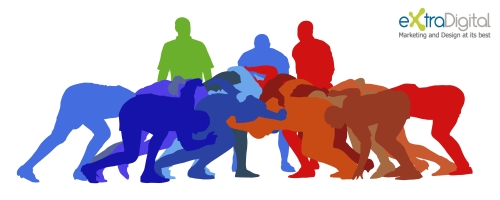
According to Scrum.org: “Scrum is a simple framework for effective team collaboration on complex projects. Scrum provides a small set of rules that create just enough structure for teams to be able to focus their innovation on solving what might otherwise be an insurmountable challenge.”
The project is broken down into key deliverables and user stories of which development are handled in cycles. The manifesto of this type of project management revolves around the fact that that no matter how much forward planning you do, there will always be change! Agile embraces this fact and accommodates for change through close collaboration with clients, stakeholders and users.
If you want to find out more about exactly how Agile works read: What is Agile Project Management?
What is waterfall?
Waterfall project management can also be used for digital projects also but are primarily used for large scale projects in construction. Prince2 is the official government backed waterfall methodology used.

The definition for a waterfall methodology is: “An approach to project management named by the discrete gate handoffs from one project stage to the next. Example waterfall stages are requirement, functional, design, develop, test, implement.
This is a more linear approach to project management, with strict stages that cannot be ‘re-opened’ - its difficult to go up a waterfall! This method involves much planning and doesn’t allow for change after a stage has been locked down. I.e. design brief is locked, coding phase locked etc.
If you want to find out more about exactly how waterfall projects work, read: What is Waterfall Project Management?
Which one to use for Digital Projects?
Its perfectly possible for the two to co-exist in the same project and many agencies use a blend. The following assessment should be done on a project by project basis - it’s important that the correct methodology is dependent on the type of project. The following table shows typical benchmarks which are used to distinguish which project management process should be used for each type of project. An example below measures a project against 6 benchmarks - see explanations below for more detail
Example Project - An eCommerce store for a large retail organisation.
|
Feature of project |
Agile |
Waterfall |
|---|---|---|
|
There is Uncertainty at beginning |
|
|
|
There are changing Requirements/scope |
|
|
|
New solutions which we previously haven’t encountered |
|
|
|
Customer/client feedback is not easy to generate |
|
|
|
Much documentation and reporting needed
|
|
|
|
We have strict Timelines and budgets |
|
|
1) There is much uncertainty at beginning
So you want a site but you are not quite sure of any of the details. You have a goal but no real plan of attack. That’s 1-0 to Agile. This is the case for many people who haven’t much experience in the web or web projects. Typically shop owners who know their product inside out but don’t really know how this is best translated into an online presence. Because of this you may produce a sub-standard product which doesn’t serve its purpose. Agile takes improvements and feedback into consideration and allows for a better product to be created by letting the user lead the way.
2) There will be changing Requirements/scope
Ask yourself, are the requirements of my app, website or digital project going to change throughout the course of the project? Taking a shop owner into consideration, they may expand to target a brand new audience or the goal posts may move in terms of their requirements.
In my experience 90% of digital projects I have worked with have had a requirement change which is ‘outside the agree scope of the project.’ If you think that things will need to be changed and adapted as you go along, then that’s 2 for 2 for agile.
3) You are providing new solutions which we previously haven’t encountered
The best types of projects that I have worked on have been the type of projects we have never experienced before - but these are the most likely to trip you up! If you are planning something that has not been done before, you’re least likely to know the pitfalls. Agile enables you to embrace this uncertainty and allow time to roll with the punches.
4) Customer/client feedback is difficult to generate
As you have other roles in your retail organisation, you lead a busy life and are not around to constantly provide some feedback to your agency who is building your web solution. Waterfall takes the point here. With waterfall, an agreed spec is adhered to for the whole project. This can be living dangerously and can lead to lower satisfaction for your clients. In a world where user experience is everything it’s important to build for your client - not what you think your client wants. With Agile, user testing, customer feedback and stakeholder feedback are not only considered, they are actioned to produce a product built for users.
5) Strict Documentation needed
Do you work in a corporate setting with much hierarchy and rigidity in the way your budgets are allowed? Waterfall gets the nod here. You may have a strict budget, many stakeholders and a strict time constraint. The documentation involved in waterfall project may be vital if you need to report to higher level management. These projects are seen to need a greater degree of control, but that’s not to say Agile isn’t suitable.
6) Strict Timelines and budgets
As above, do you have a strict timeline that you need the project ready for? Many organisations think that using a waterfall technique will mean you will receive your product on a set day after all the stages are complete. Agile projects are proven to have a quicker time to market and actually reduce costs. This is because each ‘iteration’ produces a ‘finished’ product which can go live.
Why Use Waterfall?
Each project management method has its benefits and drawbacks and as mentioned variations and hybrids of both do exist. In terms of which to use, you will need to assess which boxes your project would tick. Waterfall methods are strictly controlled, regimental and require much documentation. This is perfect for construction projects, but if a change is required much documentation and lengthy processes will need to be called on, often putting the project over budget. However, if you know exactly what you want at the start and there are no ongoing iterations then waterfall would be a logical choice. Waterfall projects are:Why Choose Waterfall?
- Simple and easy to understand and use.
- Easy to manage due to the rigidity of the model – each phase has specific deliverables and a review process.
- Phases are processed and completed one at a time.
- Works well for smaller projects where requirements are very well understood.
Why Choose Agile?
Agile is sometimes chaotic but when used correctly can be very rewarding. There is more transparency between the ‘product owner’ and the team which can lead to increase stakeholder satisfaction. Some of benefits reported are that:
- Project can respond easily to change
- Reduced wastage meaning reduced costs
- Time to market considerably shorter
- Problems are identified early
- Customer gets most beneficial work first
- Work done will better meet the customer’s needs
- Improved productivity
- Ability to maintain a predictable schedule for delivery
If you want further advice about which project management methods are best for you project, give ExtraDigital a call today on 01227 686898 and talk to our digital project experts about your project requirements.


